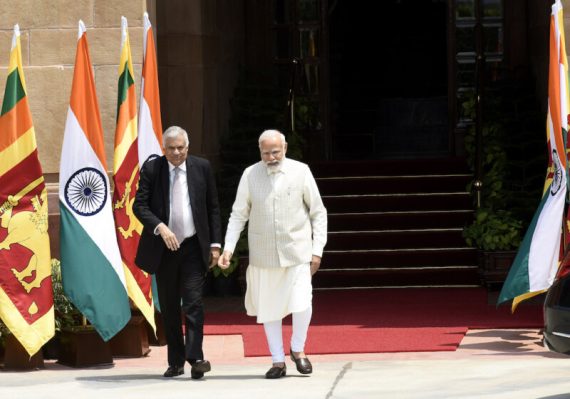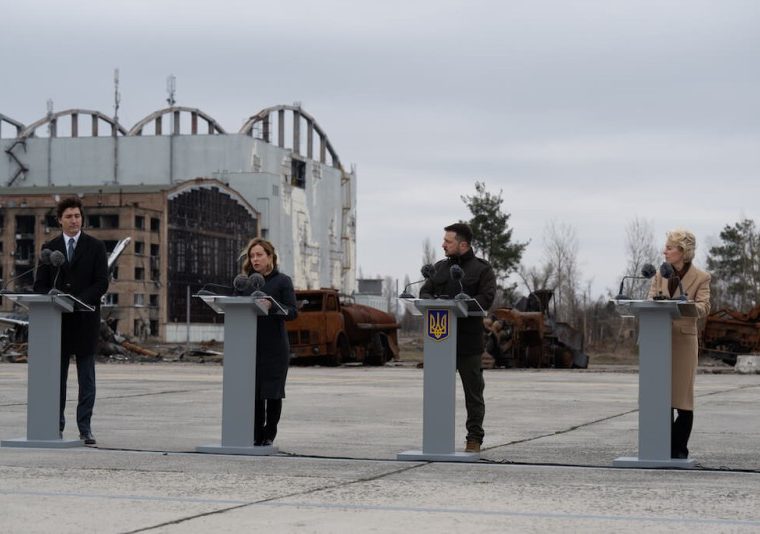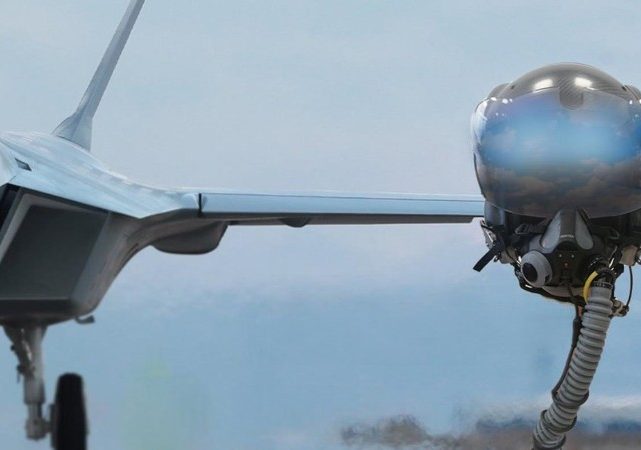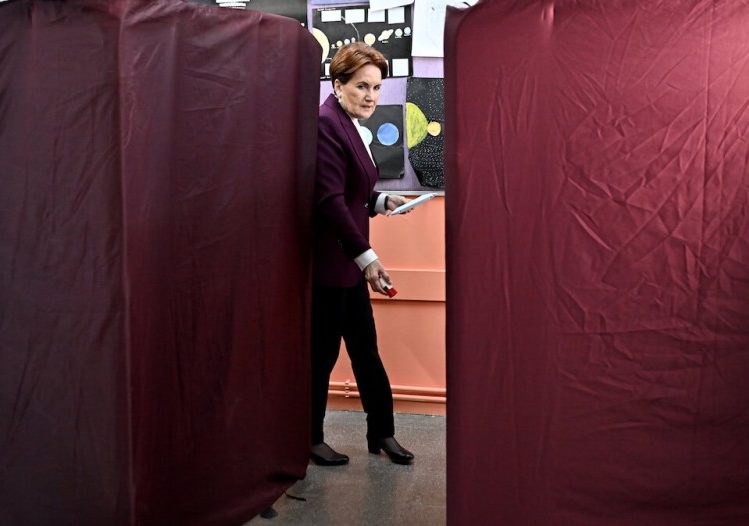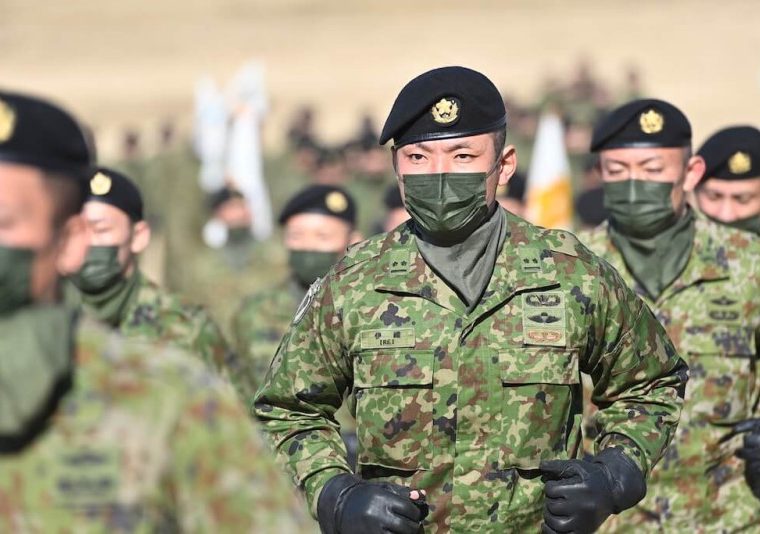C
an you imagine a sovereign country using a currency other than its own for local transactions? This has been the case in Sri Lanka since 20 July 2023.
Sri Lankan Foreign Minister Ali Sabry and President Ranil Wickremesinghe made their first visit to India since Ranil assumed office last year. Prime Minister of India Narendra Modi held talks with Wickremesinghe. After the meeting, Sabry highlighted that allowing the use of India’s currency would simplify transactions for Indian tourists and residents in Sri Lanka, eliminating the need for multiple currency conversions.
Indian tourists in Sri Lanka can use Indian rupee for local expenses
During a meeting organized by the Federation of Indian Chambers of Commerce and Industry (FICCI), Governor of the Central Bank of Sri Lanka Nandalal Weerasinghe announced that Indian tourists visiting Sri Lanka can now transact in Indian rupees (INR) as the Central Bank has officially designated it as a currency for trade settlement between the two nations.
This new designation allows Sri Lankan citizens to hold INR equivalent to $10,000 in physical form, and both Sri Lankans and Indians can now use Indian rupees instead of U.S. dollars for international transactions with each other. With this development, Sri Lanka becomes the third country after Nepal and Bhutan where INR can be freely used.
Economy experts believe that during times of economic instability, adopting a stable currency like the Indian rupee can provide a sense of financial security and reduce the risk of currency fluctuations. Sabry stated, “We have considered the possibility of using Indian rupees like we accept the dollar, euro, and yen.”
It is believed that allowing direct use of the rupee would prevent the need for multiple currency conversions for Indian tourists and businesspeople. One of the main problem tourists face during their vacation is exchange rates—using Indian rupees will eliminate such confusion.
According to a report in the Economic Times, Sri Lanka’s Central Bank clarified that the Indian rupee cannot be utilized for local transactions within the country. The official statement emphasizes that all transactions between residents in Sri Lanka must be conducted in LKR (Lankan rupee), which is the country’s legal currency.
Background of Sri Lanka’s economic crisis
On July 22, thousands of protestors attacked the home and office of Sri Lanka’s former president, Gotabaya Rajapaksa, forcing him to resign due to public outrage over the nation’s economic predicament. On July 9, 2022, Rajapaksa fled to the Maldives, then traveled to Singapore before spending a few weeks in Thailand on a diplomatic visa. During this time, the current president, Ranil, served as the prime minister. The protestors burned down the presidential residence; it was later confirmed that no one was inside the building.
The Sri Lankan government faced harsh criticism for mismanaging the country’s economy, which led to a devastating economic crisis, causing high inflation, frequent blackouts, and shortages of gasoline, medicine, and other essential supplies.
The fuel shortage resulted in the closure of many schools on multiple occasions, and personal vehicles were not permitted to be used, with priority given to buses and emergency services. Additionally, the Public Administration Ministry requested public employees skip work on Fridays due to the ongoing fuel shortage and transportation issues across the nation.
During the economic crisis, India sent its neighbor vital financial and humanitarian aid totaling nearly $4 billion in 2022, including supplies of food, medicine, and fuel. In addition, India was the first creditor to offer a letter of support for Sri Lanka’s debt restructuring efforts, which sparked IMF assistance. The entire debt owed by Sri Lanka exceeds $83 billion of which $41.5 billion is owed abroad and $42.1 billion is owed domestically. Sri Lanka started the process of restructuring its debt.
Trading in local currency is a new trend
In an effort to lessen their reliance on the U.S. dollar and strengthen regional trade, Bangladesh and India began trading in local currency on July 21, 2023. Officials in both countries assert that the use of takas (Bangladesh currency) and rupees, in addition to the dollar, raises expectations of easing pressure on dollar reserves and cutting trade costs. The two nations can directly exchange import and export prices using the taka and rupee.
The United Arab Emirates is India’s second-largest export market and its third-largest trading partner for the years 2022–2023. Since the invasion of Ukraine and the sanctions that followed, many nations have realized they need to expand their selection of invoicing and settlement processes, making it a wise move to explore alternatives with the UAE, Indonesia, and Sri Lanka. The UAE is also one of the economies with the fastest growth rates.
Recommended
Sri Lanka strengthens ties with India
Sri Lanka’s minister Sabry emphasized that accepting the Indian rupee would serve as an advantage for Sri Lanka, particularly due to the trade imbalance in favor of India. He highlighted that Sri Lanka needs more Indian currency and the increased influx of Indian tourists spending in Indian rupees would benefit their economy. As other nations also adopt the rupee in their international trade, India stands to potentially reduce its trade deficit and strengthen its market position.
During the visit, India and Sri Lanka further solidified their economic ties by signing a series of energy, development, and trade agreements. Notably, the National Payments Corporation of India (NPCI) and Lanka Pay signed a network-to-network agreement to approve the Unified Payments Interface (UPI) application in Sri Lanka. Additionally, the two countries signed an MoU to develop Trincomalee as a regional center for business, energy, and bilateral cooperation. Minister Sabry highlighted that Sri Lanka’s non-aligned state engaged in open and honest negotiations, resulting in these agreements without opposition from other nations. He emphasized that their approach of exploring feasible projects through joint committees fosters cooperation and mutual understanding, aligning with their non-aligned status.
For Sri Lanka, the pressure is still on as the country continues to suffer from a huge crisis. However, Sri Lanka’s economy is expected to grow from the end of this year and to exit bankruptcy by 2026. With the help of its neighboring countries and agreements with India, Sri Lankans hope the country will return to its good old days as soon as possible.
